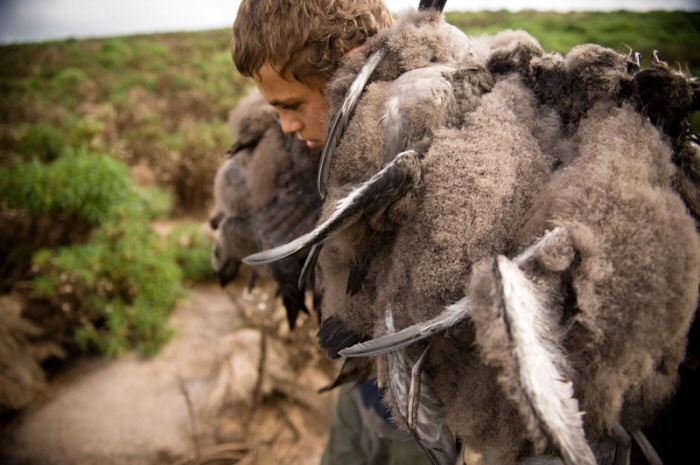Before we begin, you might like to play this little song by Dead Man’s Bones if you really want to get into the spooky spirit – Tara
The merriest time of year is back, and I don’t mean Christmas. Pop-up costume shops fill empty strip centers, scary trailers creep into your every commercial segment and there’s a spookiness in the air: it’s Fall!
Fall festivities in North America, like Halloween and Day of the Dead, are rooted in the practices of ancient civilizations—with modern twists, of course. In the darkest (and most fun) time of year, it’s only fitting that we cover the Aztec Lady of Death herself, Mictēcacihuātl.
Who is Mictēcacihuātl?
Mictēcacihuātl is queen of the Aztec underworld, Mictlān. She and her husband, Mictlāntēcutli, rule life after death. In Aztec mythology, some gods are more important than others, and Mictēcacihuātl made the cut. As a primary god to the Aztecs, Mictēcacihuātl’s main responsibilities are guarding the bones of the dead and presiding over all the Day of the Dead festivities. Read on to learn everything you need to know about the Lady of Death.

Source: Wikimedia Commons
She Goes by Many Names
Santa Muerte, Lady of the Dead, Goddess of the Underworld, Holy Death and Our Lady of Flesh are just a few of the names Mictēcacihuātl goes by (fortunately for us non-Aztecs, since pronouncing Mictēcacihuātl is almost as hard as floccinaucinihilipilification).
Mictēcacihuātl Was Sacrificed as a Baby
Mictēcacihuātl is believed to have lived as a human on earth—but only for a hot minute. The story goes that she was tragically sacrificed as a baby. Sure, she drew a pretty bad lot in life, but in death? Mictēcacihuātl grew into a powerful goddess of the afterlife.
Her Husband Is Also a Real Badass
As the Lord of Mictlān, Mictlāntēcutli is the most powerful god in the nine levels of the underworld. He rules over all souls that died a normal death, as in, other than dying in battle or childbirth. You’ll often see him represented as a dog or skeleton, but in some representations, Mictlāntēcutli is depicted with his jaw wide open to swallow the stars and allow daytime to commence. When Aztec mythology mixed with Spanish culture, Mictlāntēcutli was likened to Lucifer.
Mictēcacihuātl Swallows the Stars
Similar to her husband, Mictēcacihuātl’s depictions often include her flesh peeled back with her mouth agape to swallow the stars as the sun rises.
She’s in Charge of All Festivities Celebrating the Dead
Mictēcacihuātl is in charge of the joyful time of year when her favorite flowers, yellow cempasúchil (marigolds), fill the air with the smell of death and the souls of the dead get to return to earth to visit loved ones. Day of the Dead or Día de los Muertos celebrations begin on November 1, when the souls of children resting with Mictēcacihuātl are free to visit their families on earth. The celebration continues through November 2, when the adult souls pass through the realm of death to life for one day.
About the author:
Tara Caguiat is a freelance writer and yoga teacher with a passion for travel, minimalism and freediving. She works to inspire others to get out of their comfort zone and explore the world, both above and below the surface. To read more of her work, visit SheNeedsLess.com.




